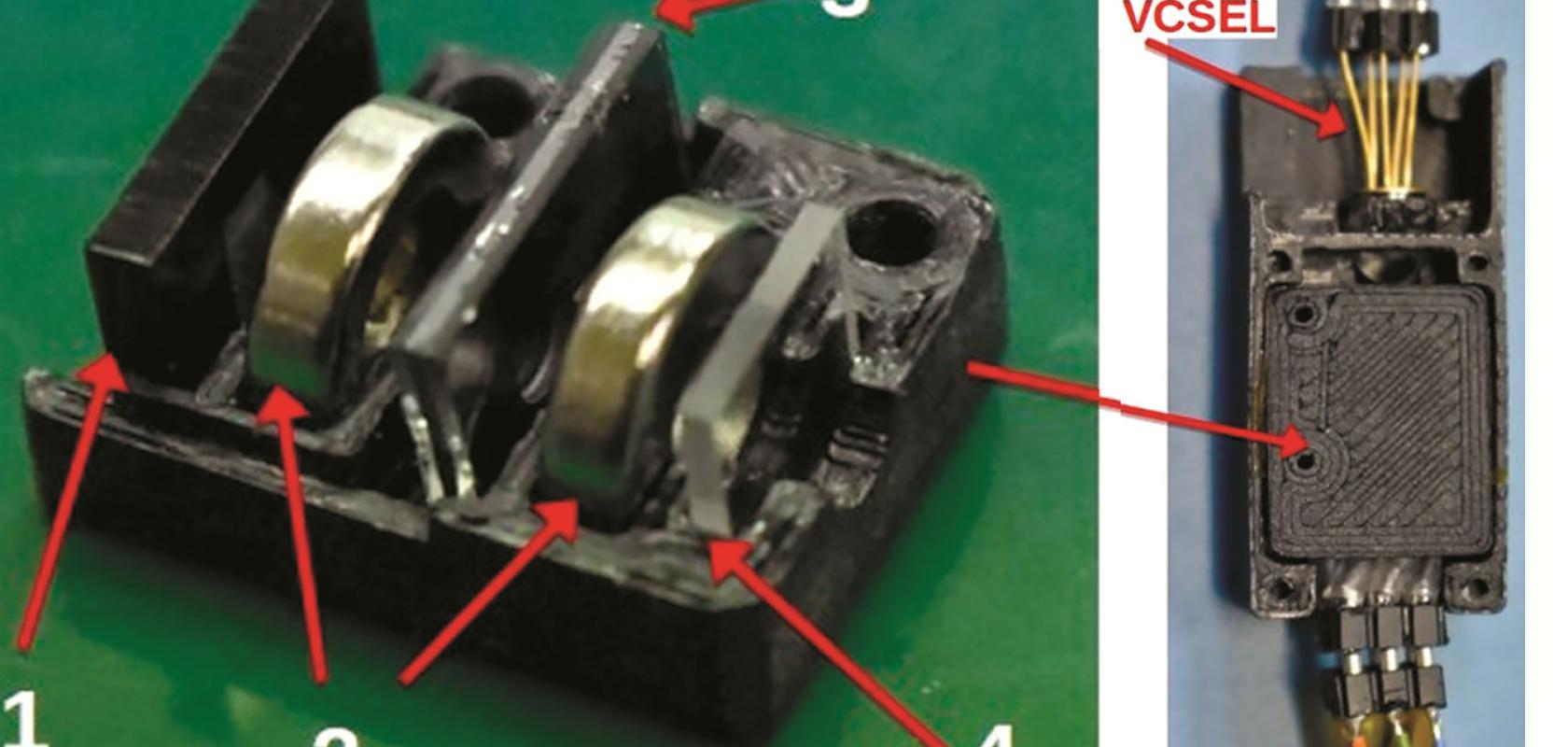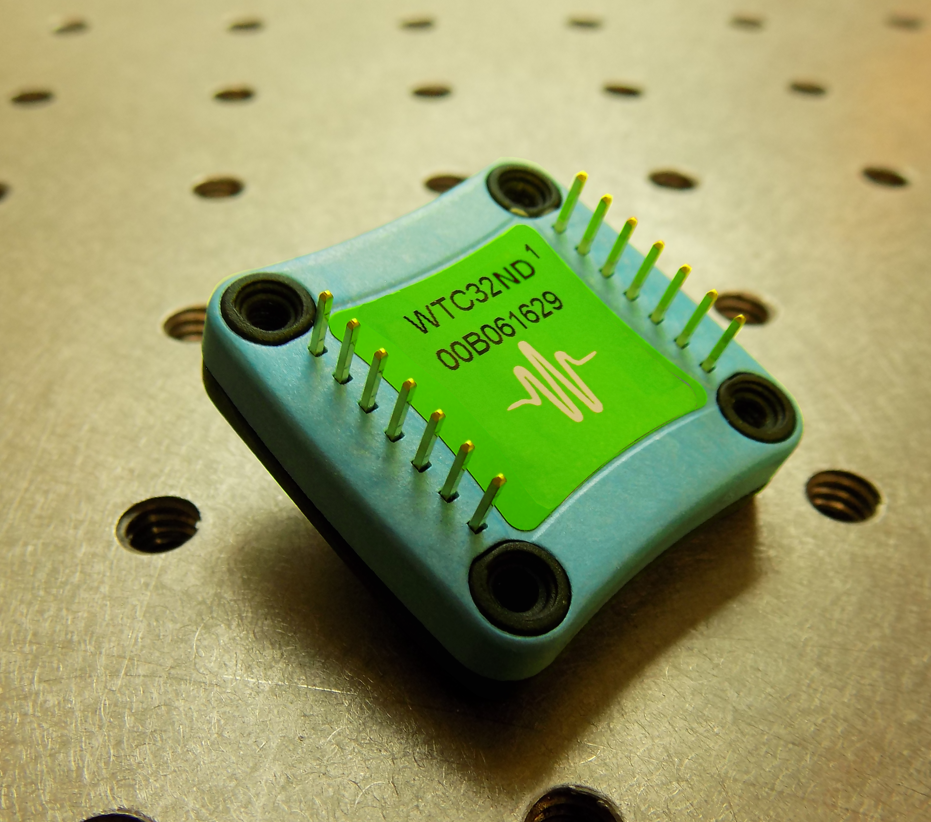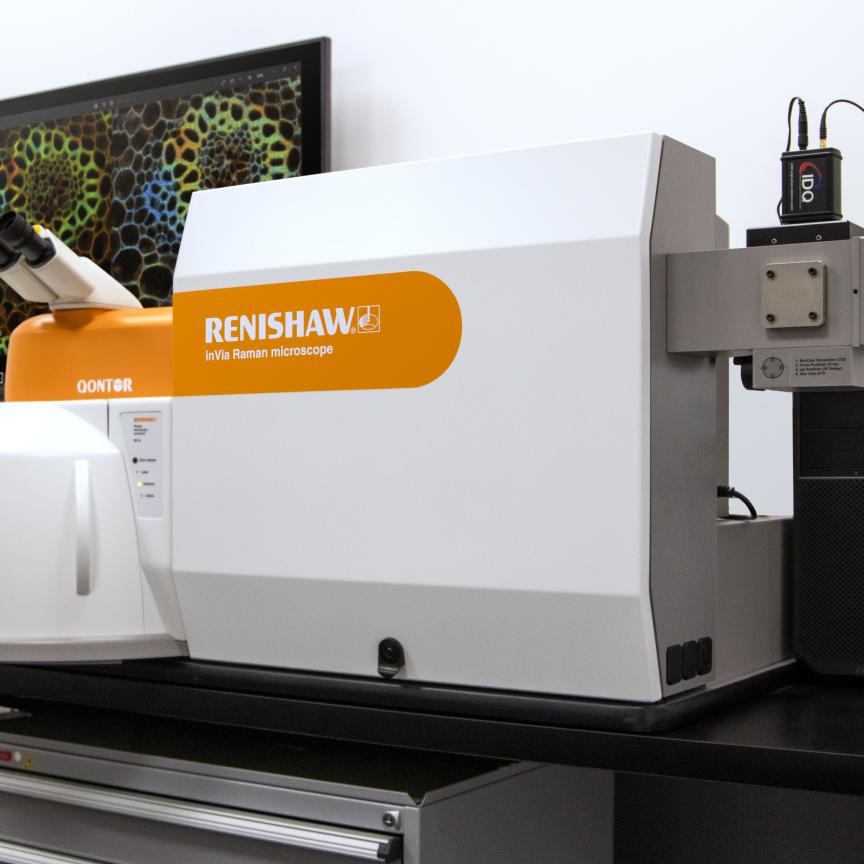Quantum sensors have come to the forefront of sensing technologies, relying on the interrogation of hot atomic vapours within specialised vapour cells. By examining the states of atoms through optical interrogation, absorption spectra are generated, allowing researchers to monitor and analyse target objects or phenomena. The miniaturisation trend in quantum sensors has paved the way for the creation of smaller hot vapour cells, opening up a multitude of applications.
These sensors have found applications in a variety of fields, including atomic clocks, gyroscopes, magnetometers, frequency-stabilised lasers, frequency standards, gas sensors, as well as GHz and THz imaging and detectors. The key to their adaptability lies in the manipulation of several parameters, including the choice of metallic alkali vapour (commonly Rubidium or Cesium), the incorporation Advancing atomic sensors: a breakthrough in chip-scale Rb vapour cell spectroscopy of inert buffer gases and spin polarisable atomic species like Xenon, and, most crucially, the configuration of chip-scale vapour cells.
Challenges and objectives
While the potential for atomic sensors is immense, developing and harnessing their capabilities present challenges. The integration of components in a compact package, precise alignment for repeatable and accurate absorption spectra measurements, and the need for thermal control are critical. Packaging materials must be carefully chosen to ensure longevity and reliability, especially in the face of vibrations during handling and testing. Thermal isolation and control are paramount, given the requirement to heat the vapour cell, often to temperatures exceeding 70ºC. Achieving stable and repeatable absorption spectra is crucial in demonstrating the viability of atomic sensors for space-borne applications and payloads.
Innovations in the magneto-optic package
Researchers from the Laboratory for Electro-Optics Systems in Bengaluru, India, have taken a leap forward by developing and demonstrating a 3D-printed magneto-optic package housing a chip-scale Rubidium atomic vapour cell. This compact design integrates key components such as the vapour cell, VCSEL light source, magnets, quarter wave plates, filters, and photodiode for light sensing.
3D printing eliminates cost constraints, allowing for custom design and precision down to 0.1mm. The housing has two sections: the holder section containing optical elements and the vapour cell, and the cap section, press-fitted and sealed with epoxy to create a vibration immune package for testing and handling. The outer housing houses electronic components, including the VCSEL laser, collimating lens, and electrical connector. To ensure thermal isolation for the chip-scale vapour cell, the package is constructed from a polylactic acid material, effectively reducing steady-state power consumption.
Jeremiah Hashley, a technical writer with Wavelength Electronics, whose WTC3243 Temperature Controller was integral to the project, says: “This research demonstrates the repeatability and reliability of the developed MO package required for atomic sensor design. This package can be used for future applications in space-borne sensors and payloads.”
Heating the vapour cell
To transition the Rb metal within the vapour cell from a liquid to a vapour phase, effective heating is essential. The team developed and demonstrated two approaches: Nichrome (NiCr) and Indium Tin Oxide (ITO). The NiCr method uses a patterned heating element, maintaining a steady state temperature of 60ºC. In contrast, the ITO approach employs sputter coating on the cell, reaching a steady state temperature of 56ºC. Both methods successfully elevate the vapour cell temperature to around 70ºC, creating an ideal environment for hot atomic vapour absorption spectroscopy studies.
The VCSEL light source
For absorption spectroscopy, the choice of light source is crucial. The researchers opted for a VCSEL due to its single-mode output and narrow spectral linewidth. The VCSEL source features a built-in thermoelectric heater and thermistor, providing precise control over the laser output. To achieve this level of temperature control, researchers employed the WTC3243 Temperature Controller from Wavelength Electronics. Hashley said: “The organisation was looking for stable temperature control for the VCSEL light source. Changing temperature of the VCSEL can affect and shift the centre frequency of the output. A changing centre frequency can produce errors in the sensor measurements, making the absorption spectra unreliable. With high temperature stability from our WTC3243 Temperature Controller, the output of the VCSEL can be more reliable and stable in terms of centre frequency providing consistent sensor readings. Constant temperature is critical with close proximity to the hot vapour cell in the package. Although the packaging is made to be thermally isolating, better stability of the VCSEL temperature is achieved with the temperature controller from Wavelength.”
The WTC3243 Temperature Controller can provide ±2.2 A of output current to the thermoelectric cooler with both heating and cooling limits. It can also deliver as low as 0.0009ºC temperature stability with its PI control loop for maximum efficiency and precision. Hashley said: “The researchers also utilised the WTC3293 Evaluation Board for the temperature controller, which enables rapid prototyping with easier configuration and operation. Temperature setpoints and limits, as well as proportional gain and integrator time constants, can be easily adjusted with onboard trimpots. Both of these products are small (WTC3243 has dimensions of 33 x 32.5 x 7.9 mm) and match well with the small size of the chip-scale vapour cell in the 3D printed MO package.”
There were a few challenges, explained Hashley: “The first was a compact system with error-free alignment. The second was vibration issues affecting alignment as well as thermal isolation between the optical elements in the package for spectroscopy. These challenges were solved with a thermal isolating material used in three-dimensional printing, which allowed precise and accurate positions of optics of up to 0.1mm inside the compact setup. The package was made from a polylactic acid material, ensuring relatively low thermal conductivity. This way, the temperature of the hot vapour cell is isolated from the laser and other optical elements. The final challenge was obtaining absorption spectra with the design. Achieving stable and repeatable absorption spectra is critical for demonstrating a viable atomic sensor, and researchers were able to perform absorption spectroscopy tests.”
Stable and repeatable absorption spectra
The results of this study could have major implications. With a mere 3.5µL volume of hot atomic vapour, the team recorded and analysed absorption spectra over 600 hours of operation. Real-time data acquisition identified peaks with full-width at half-maximum (FWHM) values based on Gaussian fittings. The absorption amplitude and the ratio of detector output to off-resonance background confirmed the strength of the absorption in the atomic vapour medium.

The schematic cross-section of the MO package: 1 – chip-scale vapour cell, 2 – VCSEL laser, 3 – annular magnets, 4 – collimating lens, 5 – ND filter, 6 – photodiode
Future innovation
The development and demonstration of a thermally stabilised, tunable VCSEL MO package for absorption spectroscopy on a chip-scale Rb vapour cell represent a significant leap forward in the field of atomic sensors. This meticulously crafted design underwent rigorous testing, achieving stable absorption spectra over extended periods, thus confirming its reliability.
The compact design of the magneto-optic package, complemented by the temperature control precision of the WTC3243 Temperature Controller, paves the way for future innovation in spaceborne sensors and payloads, as well as various other applications where atomic sensors are indispensable. The combination of these technologies could promise a bright future for atomic sensing in diverse fields.



